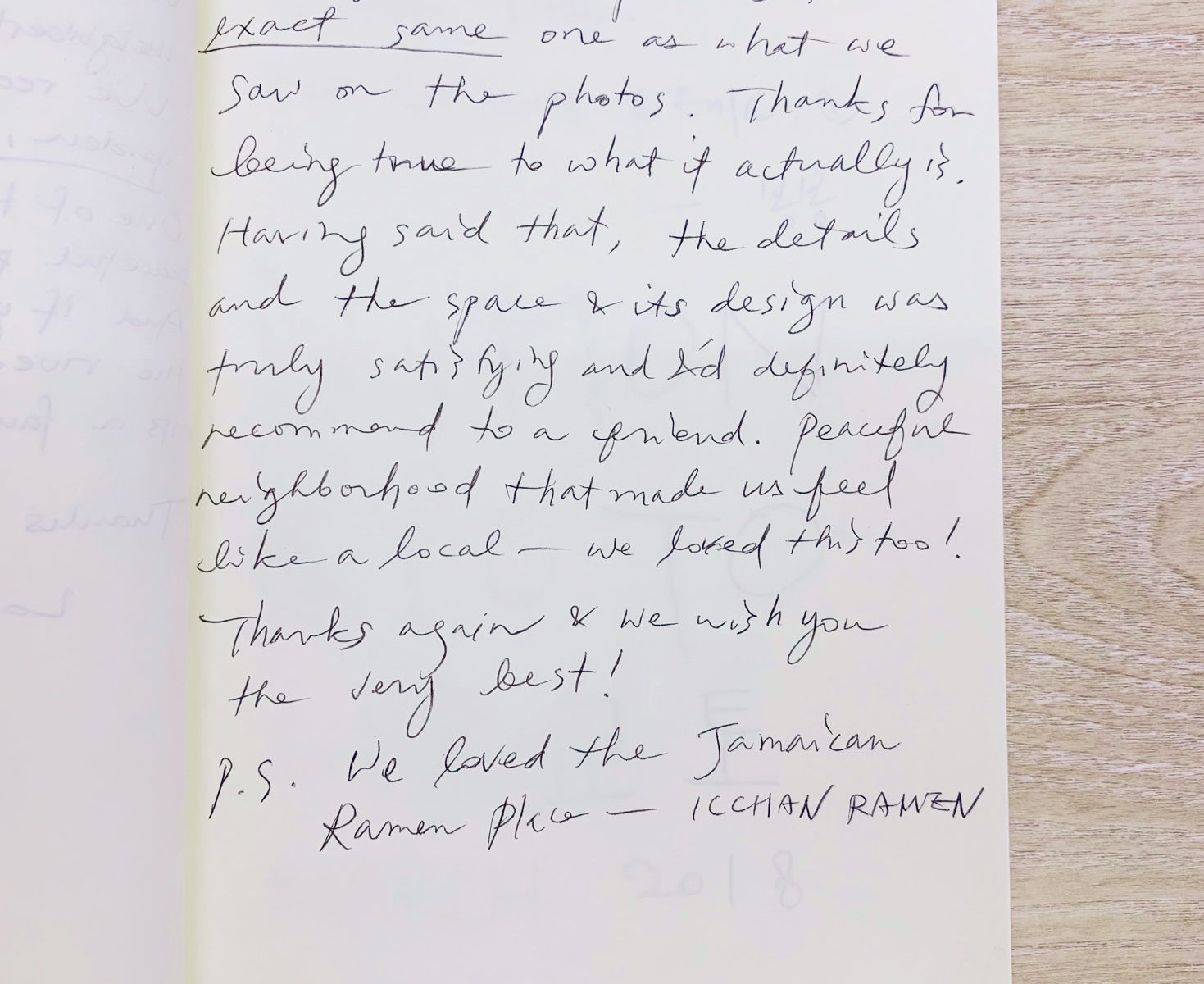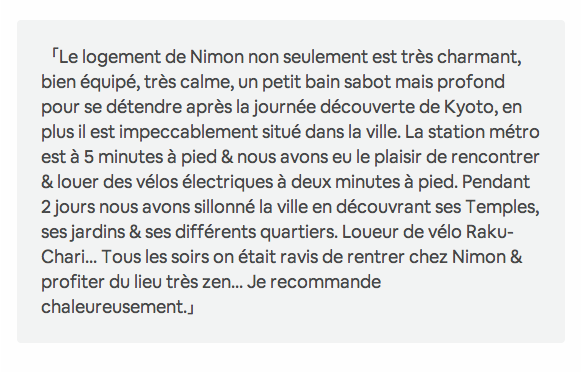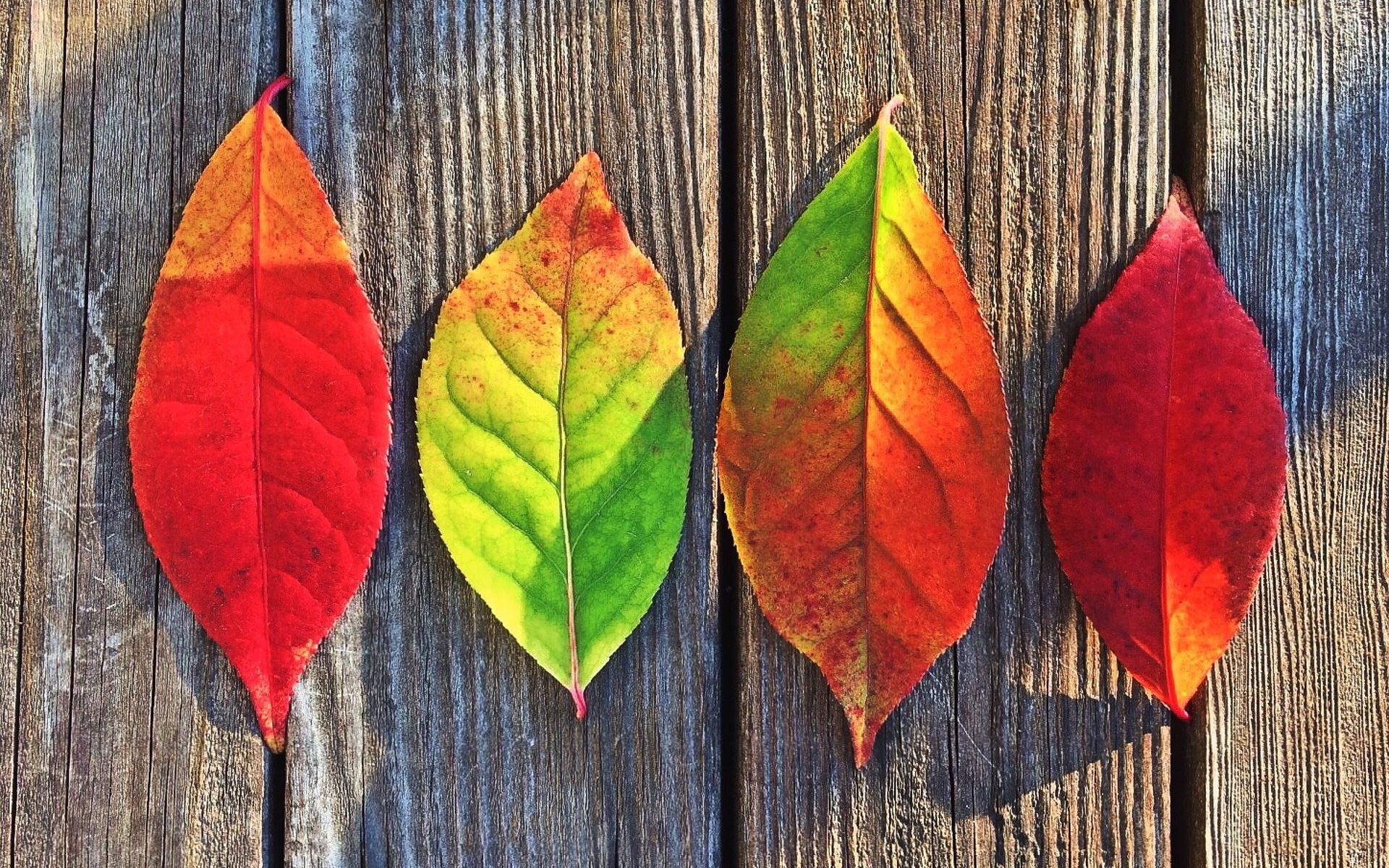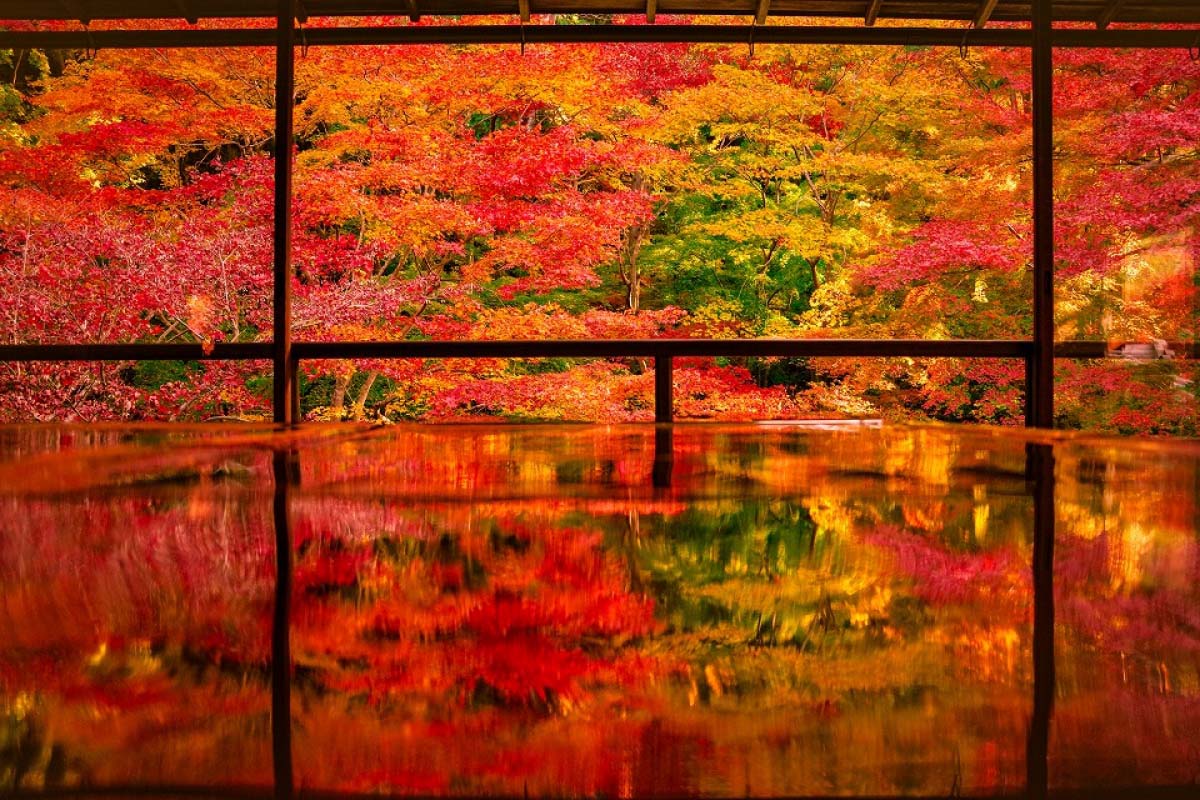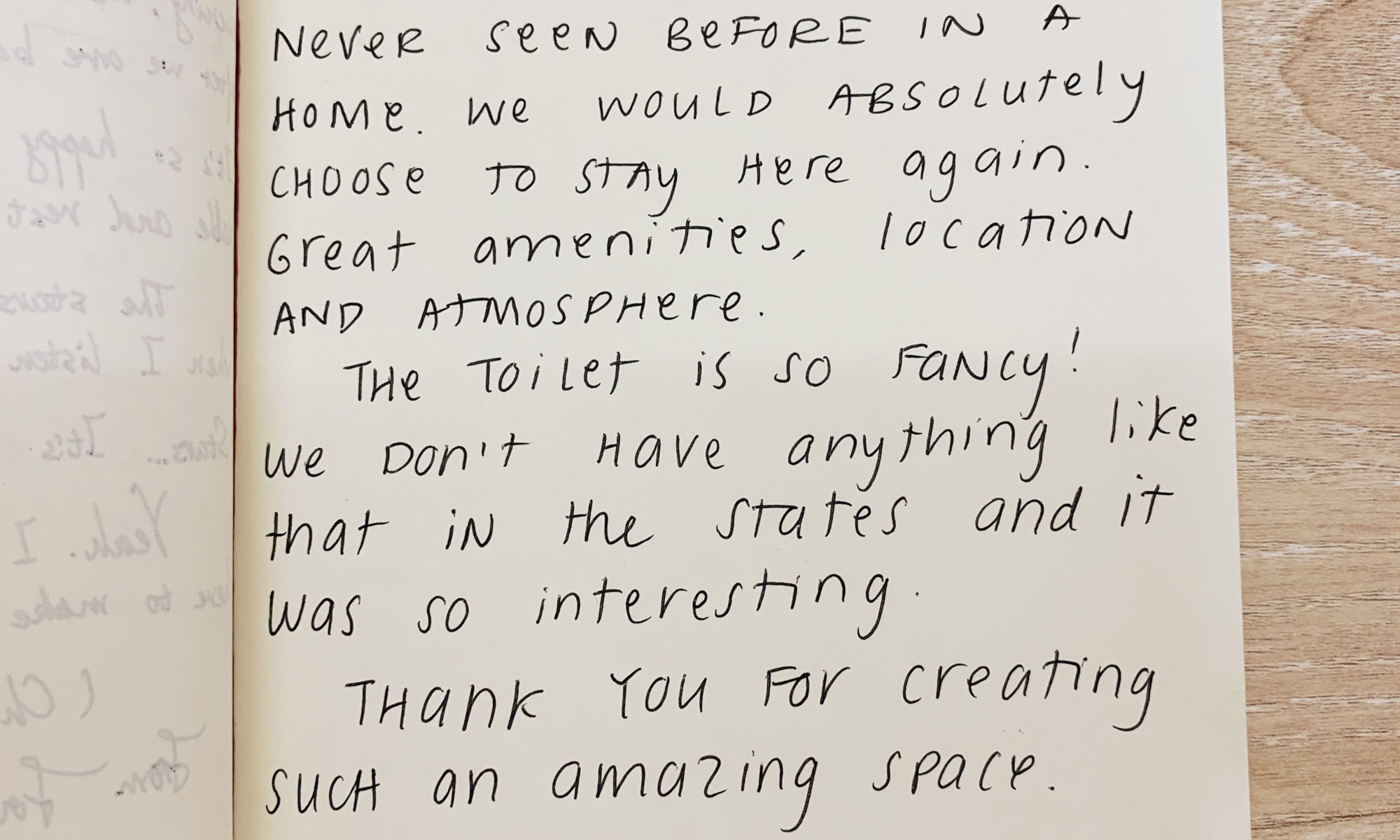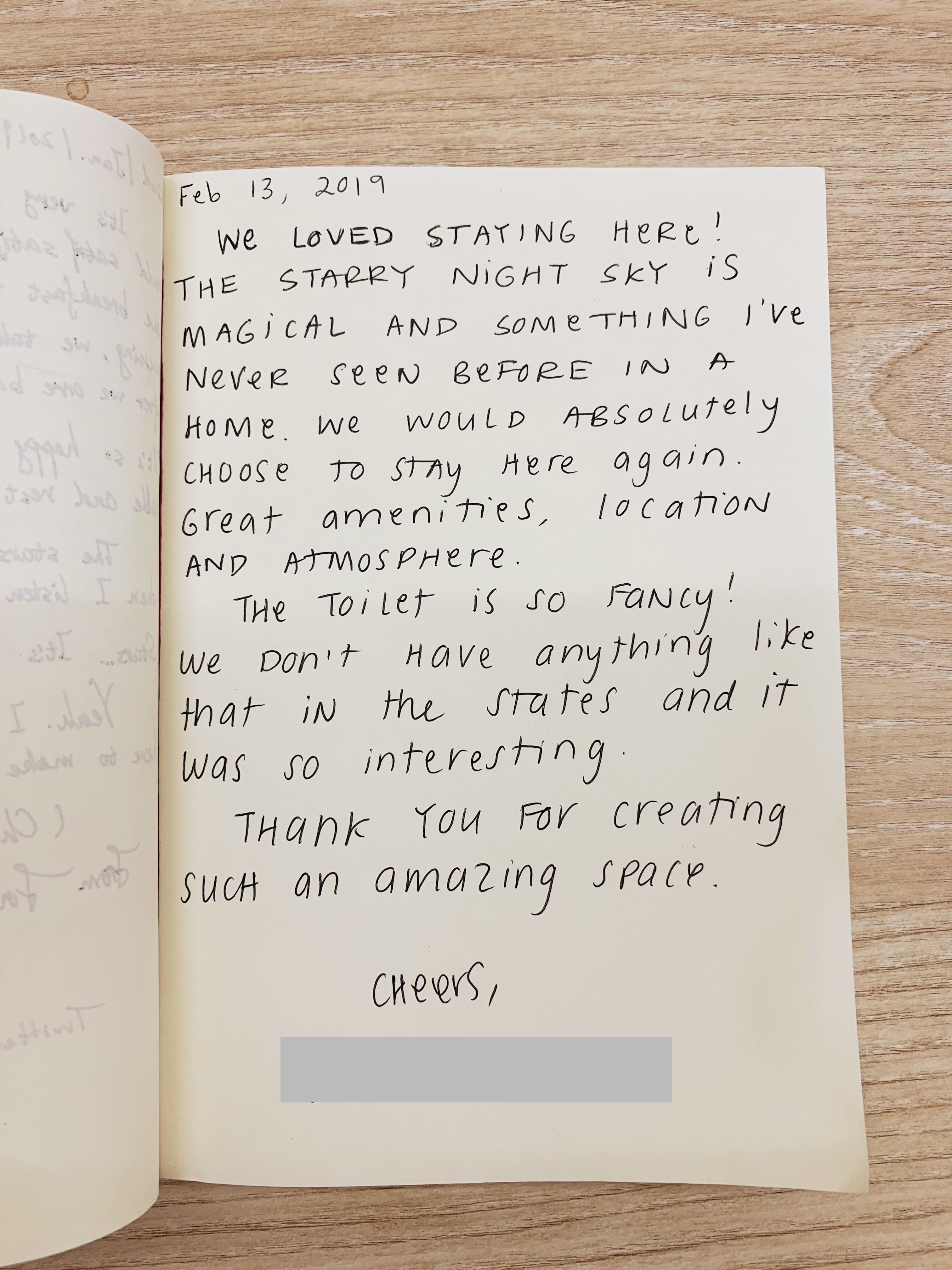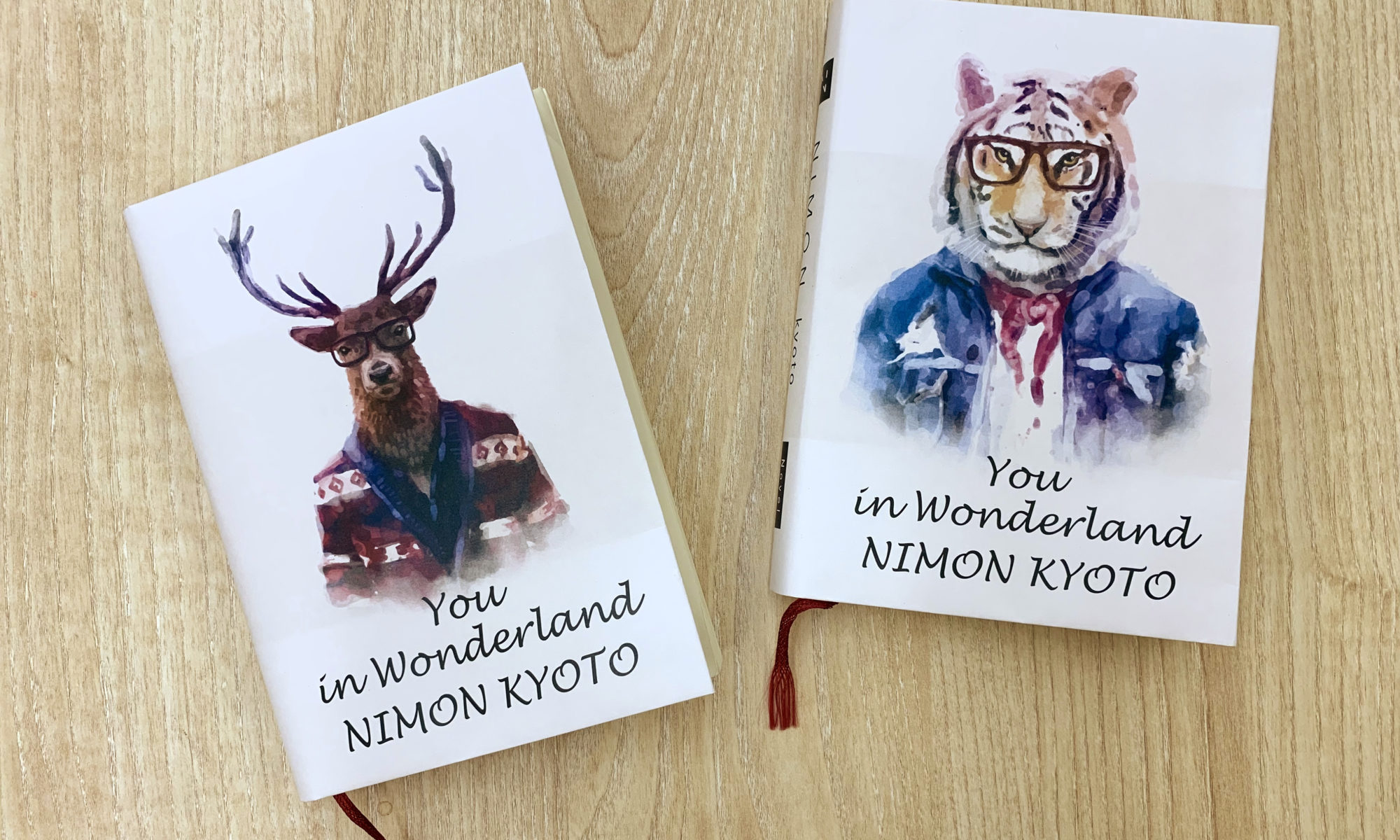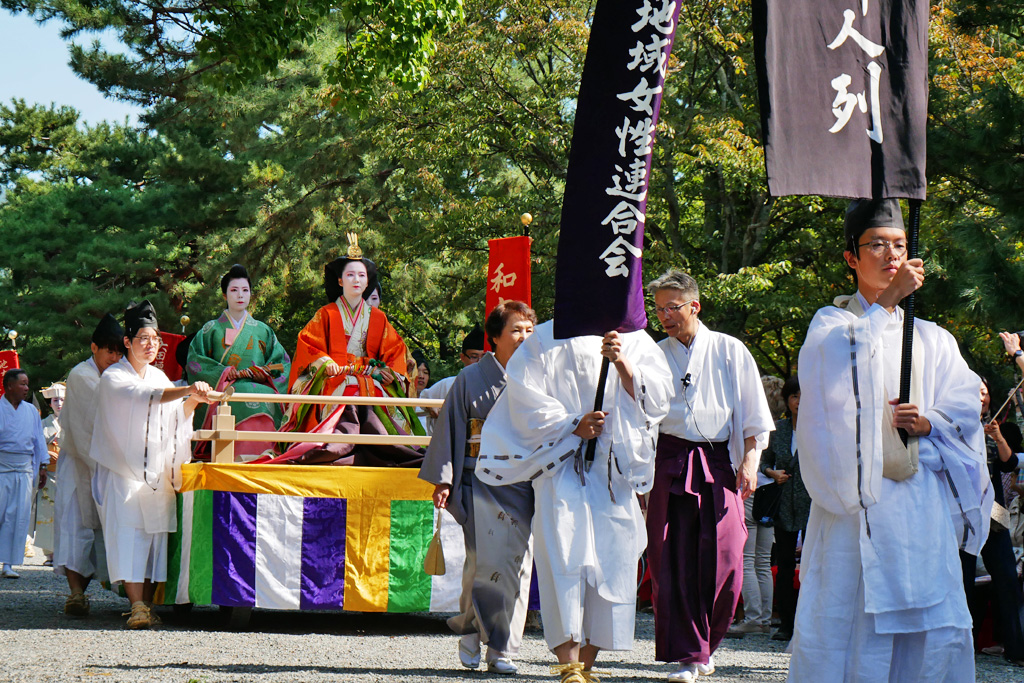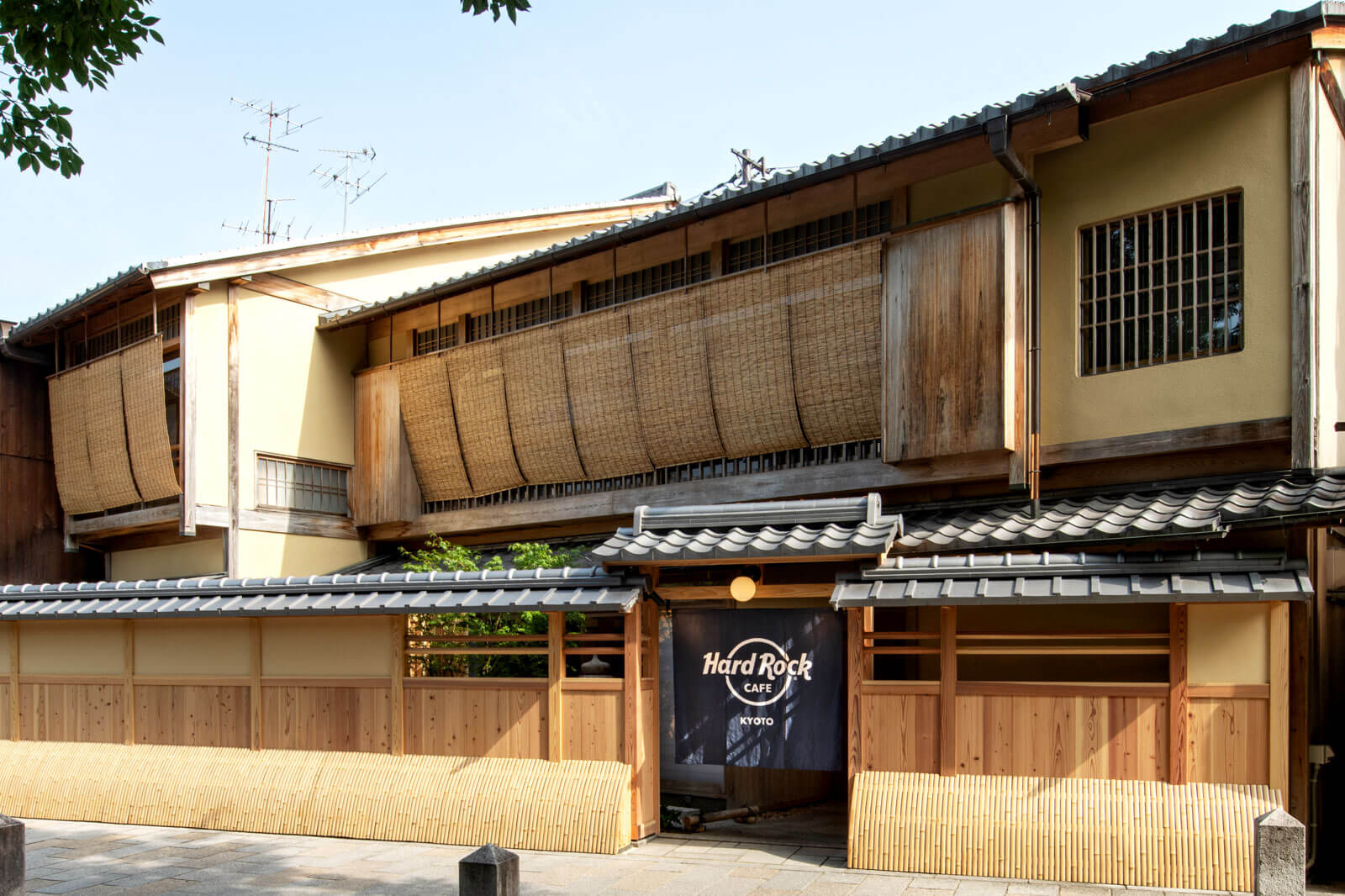In autumn, the pageantry of this large festival unfurls across Kyoto’s main thoroughfare. The festival procession begins with historical figures from the turbulent Bakumatsu period (a period from 1853-1867: the end of Edo Period) with neatly marching Imperialist troops playing flutes and drums. Following these come a parade of colorfully costumed figures from different epochs: Edo (1603-1868), Azuchi Momoyama (1568-1600), Muromachi (1336-1573), Yoshino (1336-1392), Kamakura (1185-1333), Fujiwara (898-1185), and Enryaku (782-806). All come together to encompass Jidai Matsuri, one of Kyoto’s three largest festivals.
Over the course of two hours, the festival procession will cover 2 kilometers with a parade of 2,000 members (including 75 horses and oxen, 3 carriages, an oxcart and sacred carriages), a real-life illustrated scroll of Kyoto’s rich history. Audiences will be delighted by the brilliant display of Japanese history unfolding before their eyes, as they travel back in time without moving from their seats.
Reserved seating (for a fee) at Kyoto Imperial Palace, Oike-dori Street, and along Heian Jingu-michi Street is recommended for the best view of the procession. Reserved seating with English guidance (for a fee) is also available exclusively on Oike-dori Street.
>>more information


